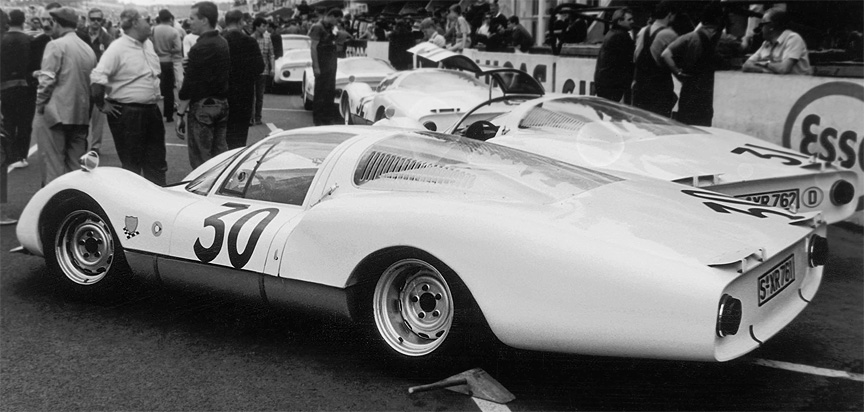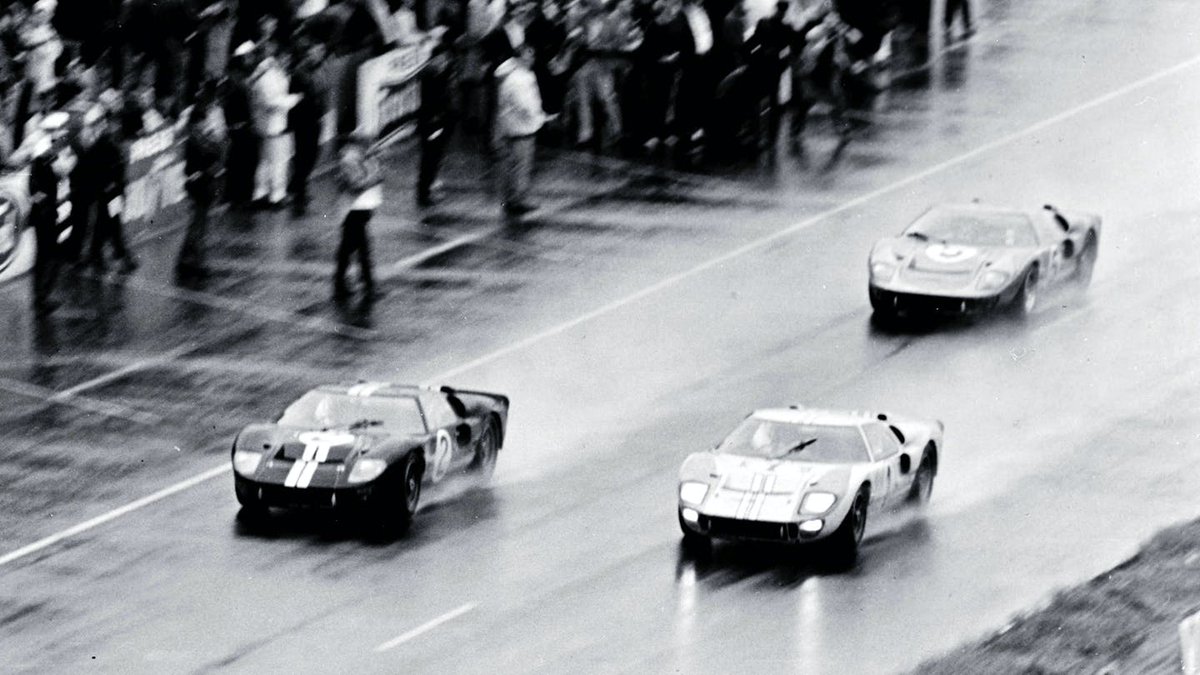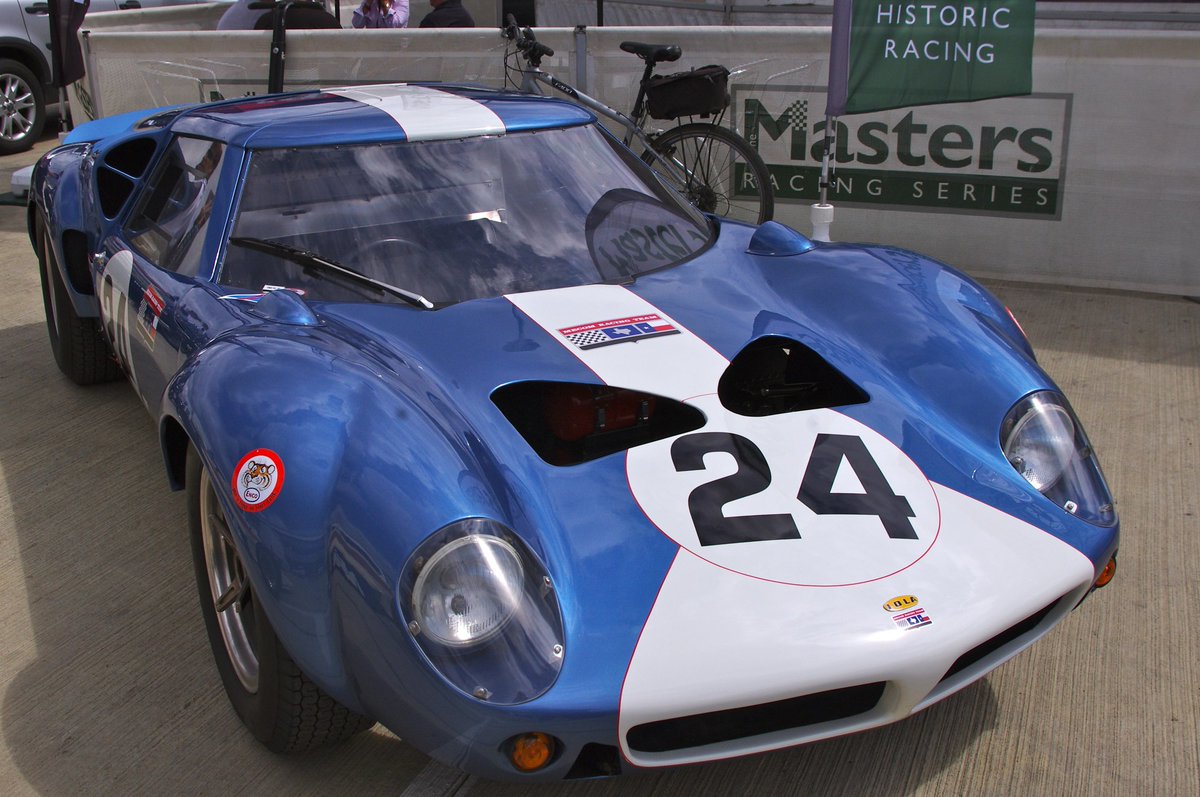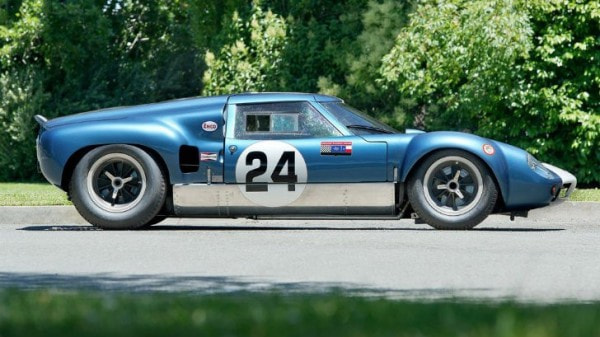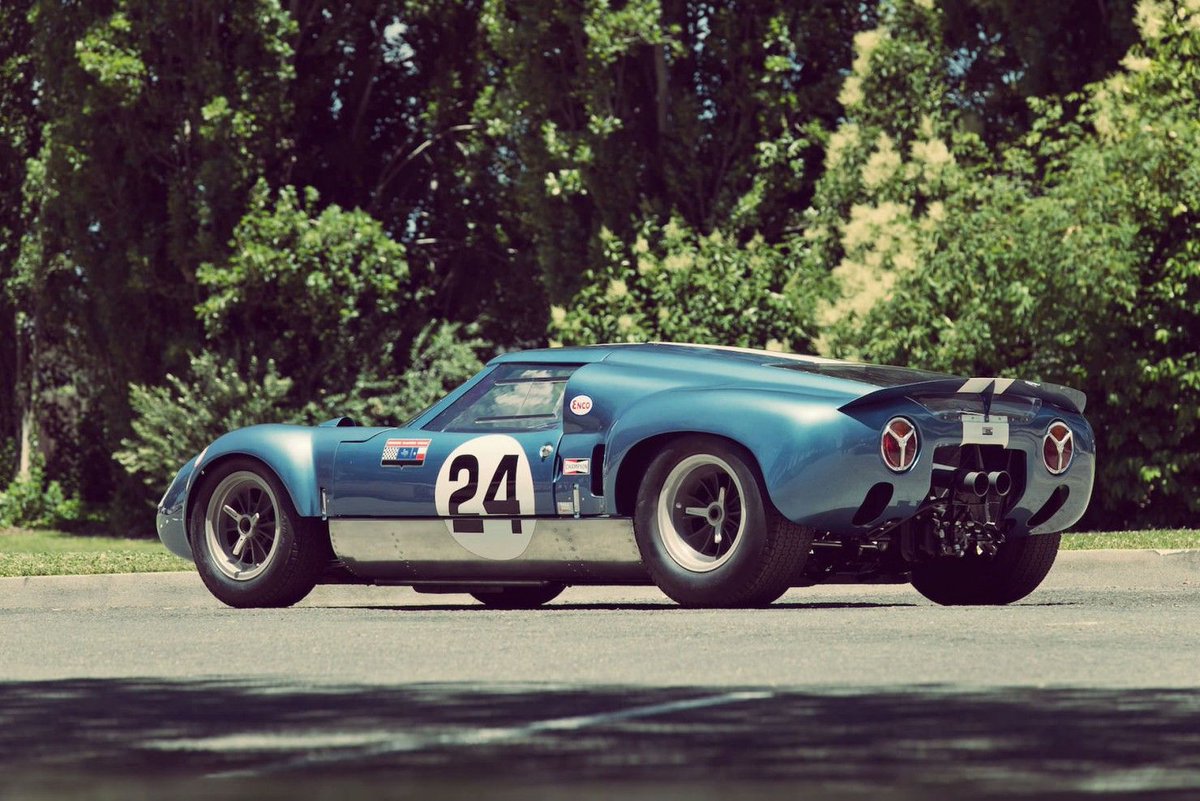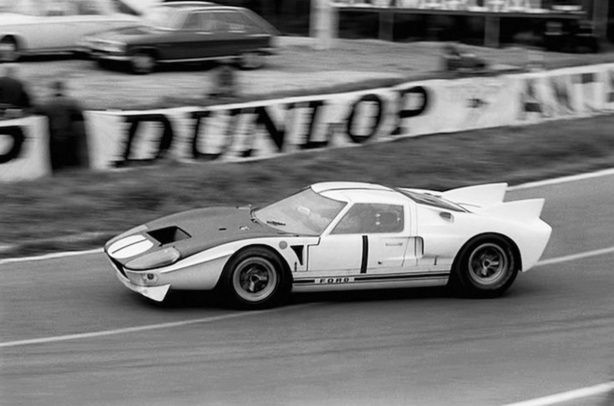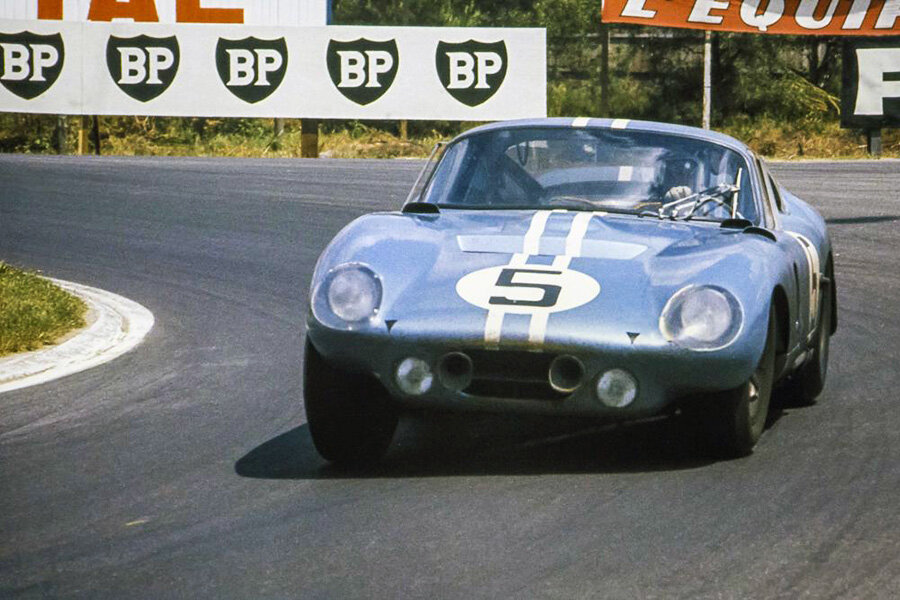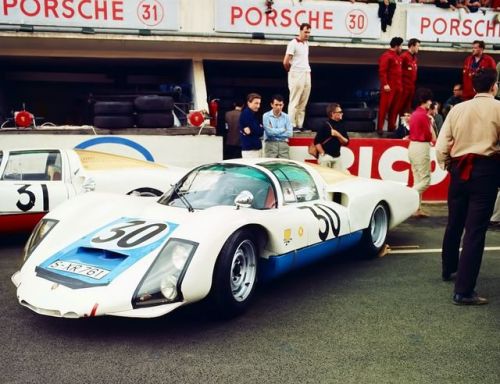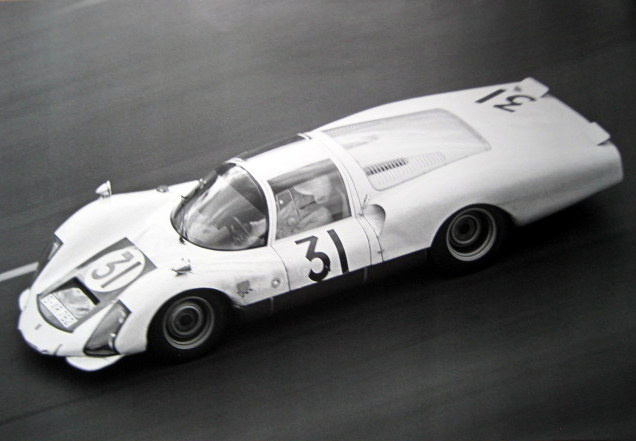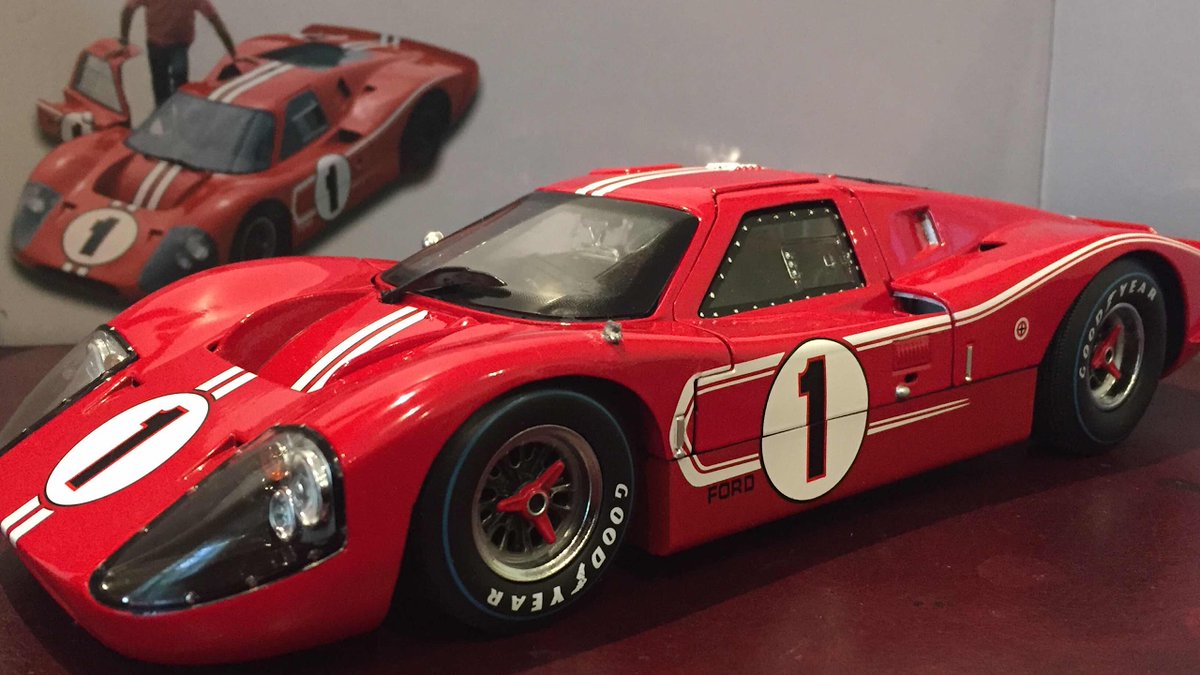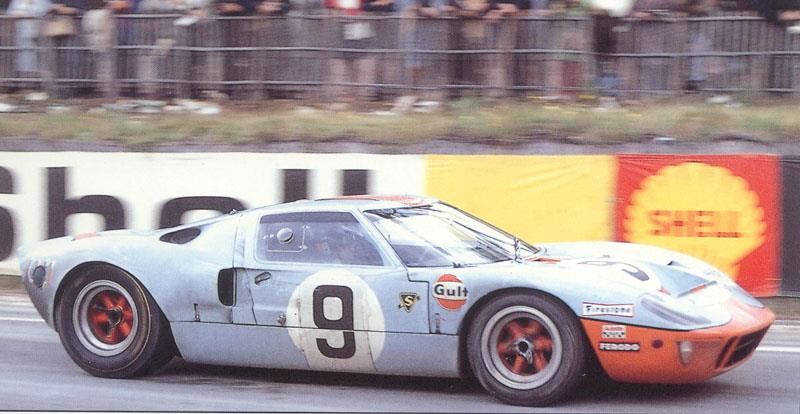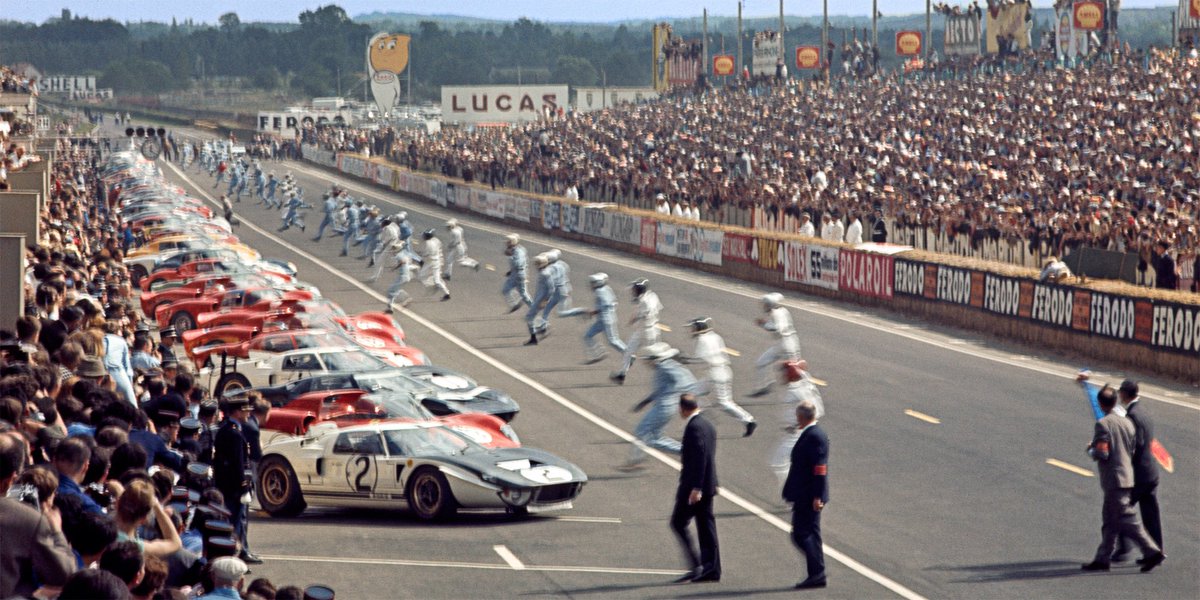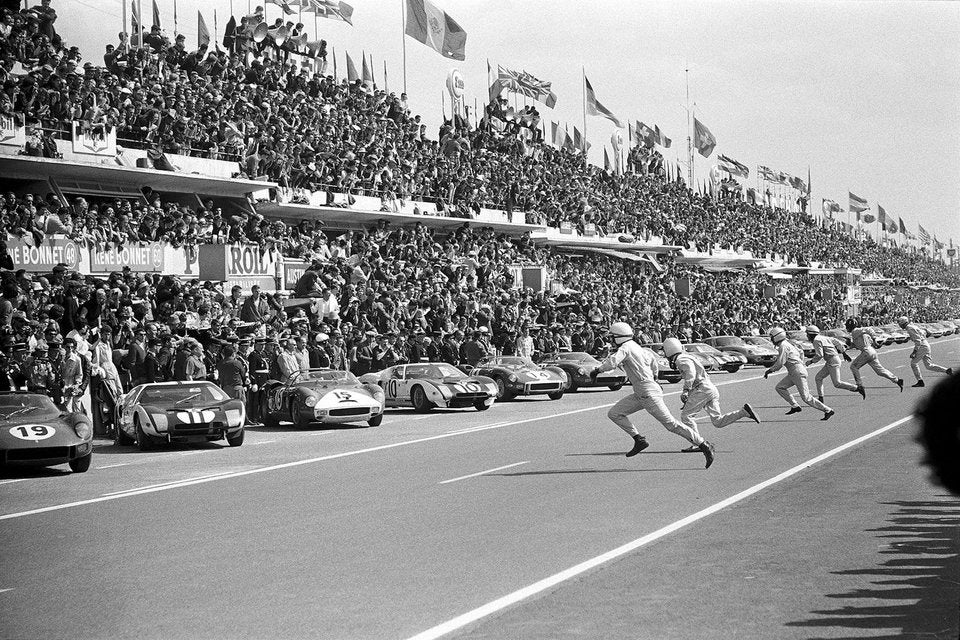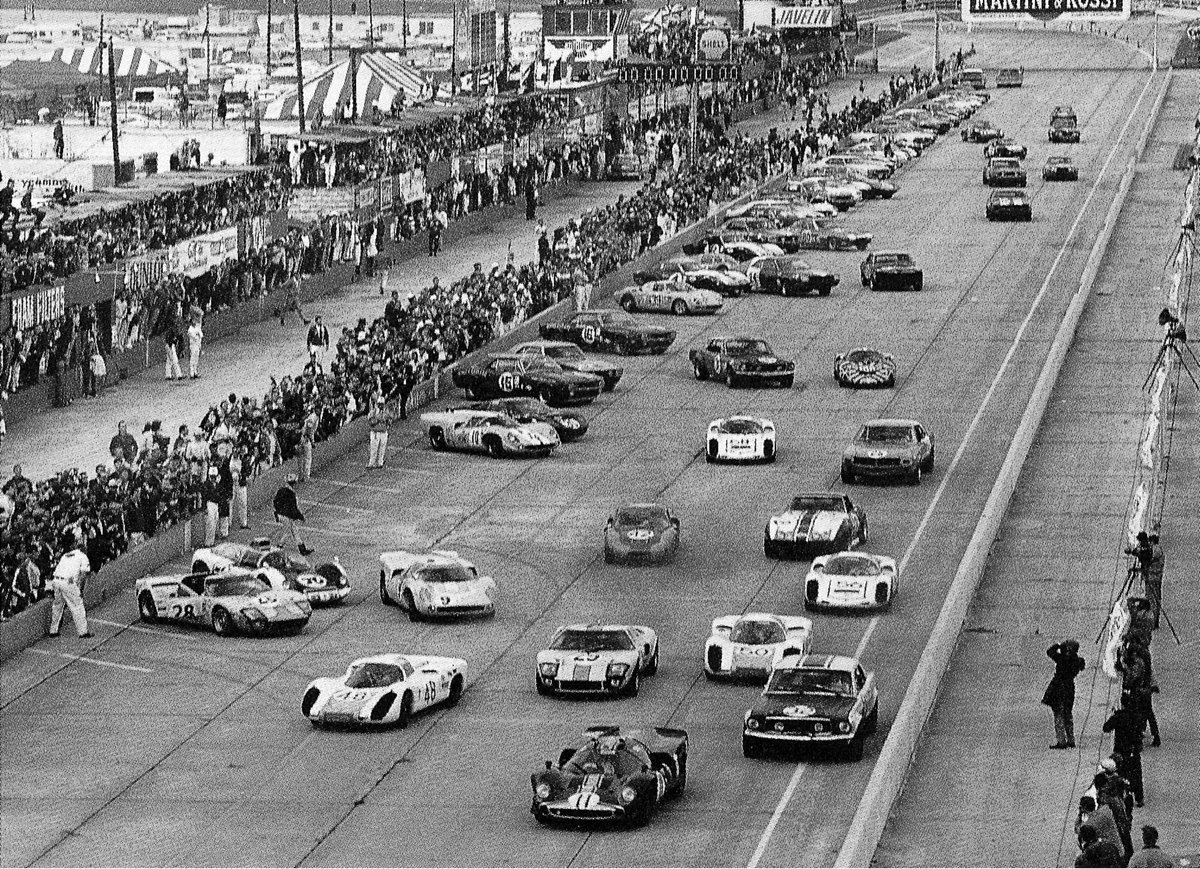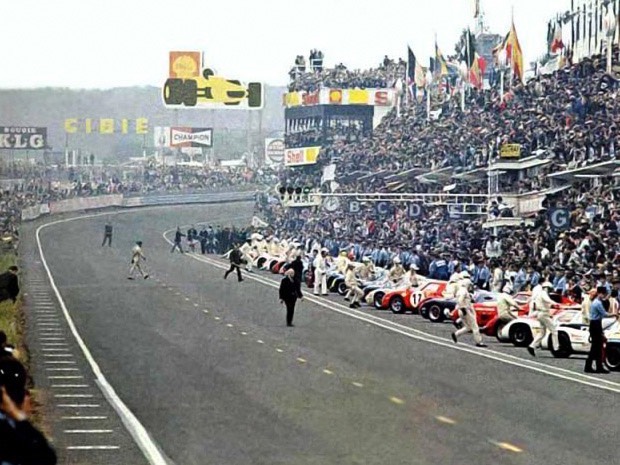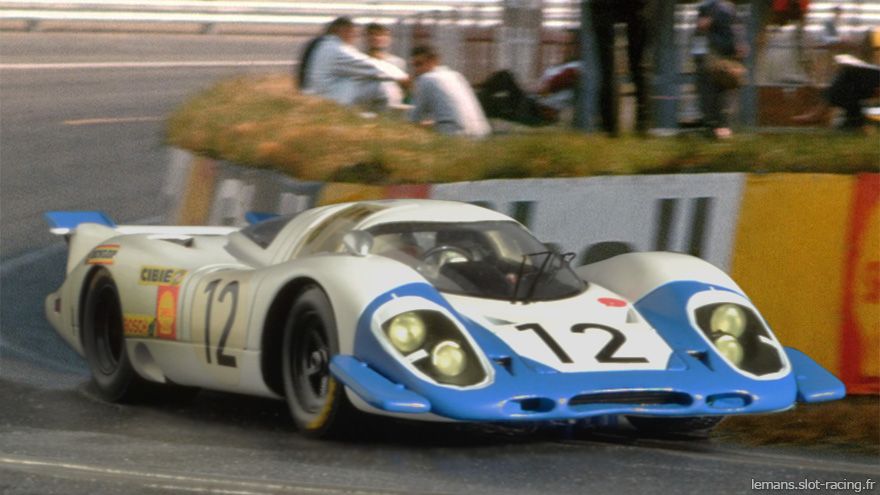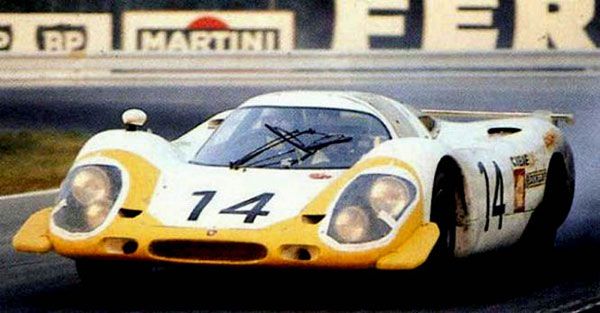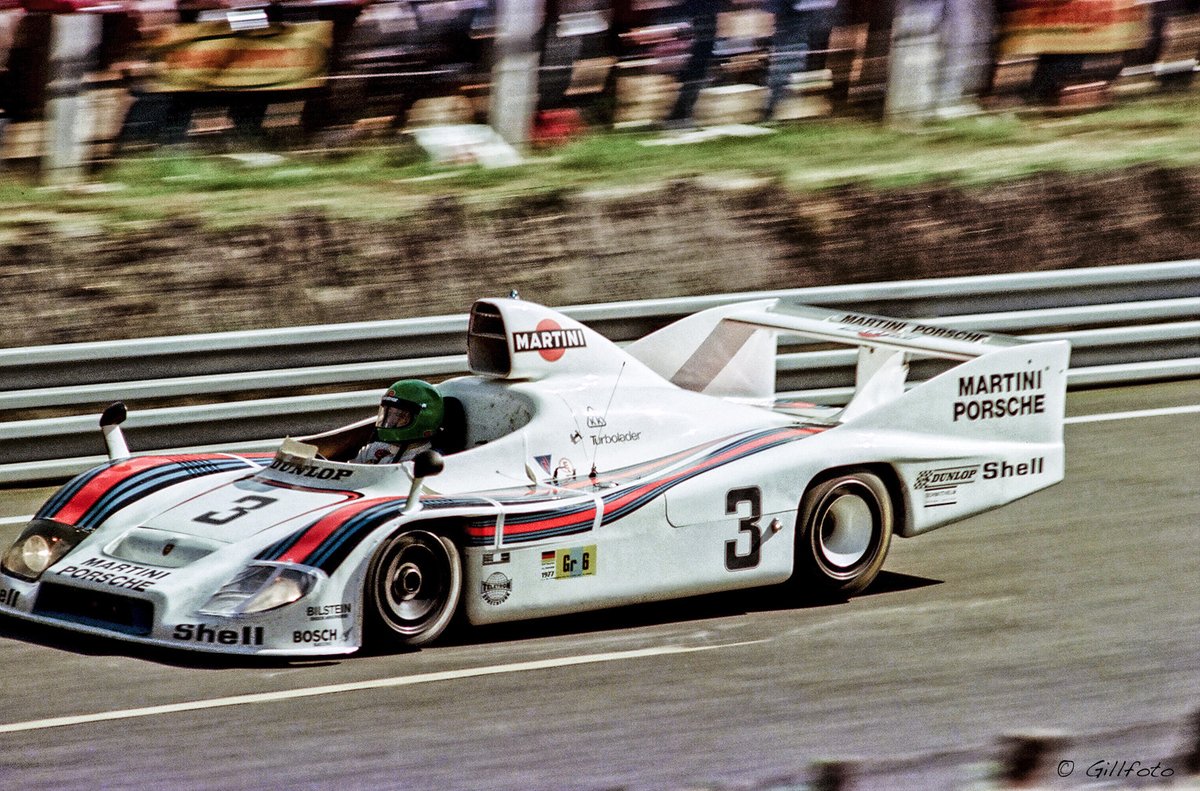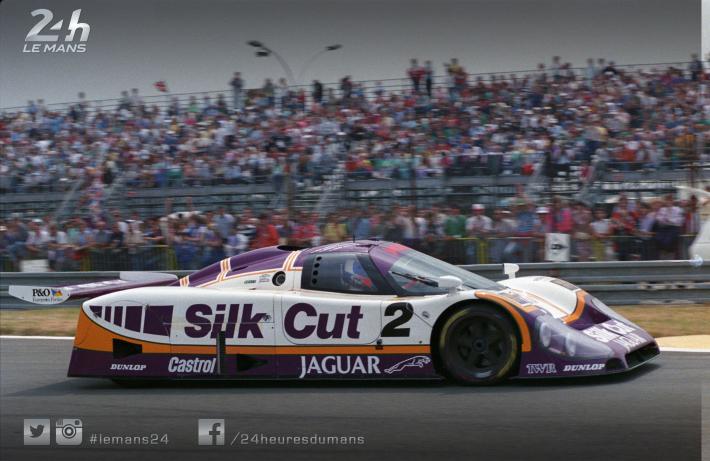A beautiful picture of a beautiful car. A fave.
It was a stonkingly fast waist-height street-legal racecar with a 2-liter engine.
It is, of course, the Porsche 906 LH (longtail) and the start of a beautiful bit of racing history. https://twitter.com/vividcloudofwat/status/1283864994602508289?s=20
It was a stonkingly fast waist-height street-legal racecar with a 2-liter engine.
It is, of course, the Porsche 906 LH (longtail) and the start of a beautiful bit of racing history. https://twitter.com/vividcloudofwat/status/1283864994602508289?s=20
It was actually announced in January 1966, made in 50 street-legal examples to qualify for the FIA's Group 4 sportscar racing requirements. It then ran in the 1999 24 Heures du Man (24 Hours of Le Mans).
Viewed sideways, it has a comically long tail (pic: Porsche, stuttcars)
Viewed sideways, it has a comically long tail (pic: Porsche, stuttcars)
But first... a sidebar...
Most American car fans who 'know' the history of the 24 Heures Du Mans (24 Hours of Le Mans) know that Ford beat Ferrari in 1966 with a resounding win.
The iconic photo is of a three car podium sweep in the rain with a two car tie. Not really.
Most American car fans who 'know' the history of the 24 Heures Du Mans (24 Hours of Le Mans) know that Ford beat Ferrari in 1966 with a resounding win.
The iconic photo is of a three car podium sweep in the rain with a two car tie. Not really.
The "known" history is that Henry Ford asked Carroll Shelby to design a car to beat Ferrari, which had won Le Mans every year since 1960.
The lesser known history is that Ferrari had invited Ford to look at buying out their business in the early 1960s.
The lesser known history is that Ferrari had invited Ford to look at buying out their business in the early 1960s.
Henry Ford II had spent considerable time and money doing the due diligence, but when Enzo Ferrari - who liked racing - found out he wouldn't be able to continue racing under the Ferrari name, competing with Ford in the Indy 500, etc, he called things off.
Henry II was POed.
Henry II was POed.
HF2 wanted to build a Ferrari-beater, but needed outside help, settling on an unofficial deal ww/ Lola through its owner to get the successful Ford-engined Lola Mk6 (below) chassis + expertise, setting up ex-Aston Martin Racing head John Wyer as head of Ford Advanced Vehicles.
By Mar-64 they had a prototype. It raced at Nurburgring in May 1964 (tho DNF) and raced in the 24hrs of Le Mans in June that year, but also DNF. So the project got transferred to Carroll Shelby, who had won in 1959 in an Aston Martin under John Wyer there. Shelby had been
building fast cars on his own, running a Shelby-American Daytona Coupe (blue #5 below), with Dan Gurney and Bob Bondurant finishing 4th, 3 laps behind the three Ferrari 330 Ps which swept the podium.
Shelby was using a Ford engine.
In 1965 6 GTs started. All DNFs.
Shelby was using a Ford engine.
In 1965 6 GTs started. All DNFs.
In 1966, we got the iconic photo finish, itself riven with controversy. The #1 car with veteran Le Mans lead driver Ken Miles had been laps ahead, but was forced to pit and replace wrong brake rotors which had been replaced a lap before (it later turned out the right ones
had been taken by the #2 team), so the two cars were on the same lap. Rather than have the two cars duke it out and risk a breakdown or crash in the final laps at speed, the team asked the two lead drivers (Miles and Bruce McLaren) to arrange a tie. French AOC officials agreed.
In the last hour, AOC changed its mind, informing Ford that starting grid position would matter in a close finish which would mean a Car2 win because it had started 8-18 meters behind Car1 (how many is debated).
Miles, pissed off, slowed down, as the real photo finish shows.
Miles, pissed off, slowed down, as the real photo finish shows.
The entire episode is apparently described in a movie 'Ford vs Ferrari' which I have not seen yet, but is also in a short film produced by the Peterson Automotive Museum and Superformance (which makes Cobra and GT40 replicas) called "8 Meters"
So where does the Porsche come in?
The two winning Fords ran 360 laps. Ken Miles' car would have run 3-4 more if it hadn't had the brake rotor replacement error, which would have been 5% more distance than any other car ever.
The #4-7 finishers were the Porsche team's 3 main
The two winning Fords ran 360 laps. Ken Miles' car would have run 3-4 more if it hadn't had the brake rotor replacement error, which would have been 5% more distance than any other car ever.
The #4-7 finishers were the Porsche team's 3 main
906/6 LH cars plus a 906/6 Carrera 6 which was a "reserve car". They all ran 1991cc flat 6 engines against the 7.0 liter Ford V8s and the 3.3L V12s.
Another factory 906/6 Carrera 6 wd hv finished 8th by simply crawling around the last bit but it had to retire in
Another factory 906/6 Carrera 6 wd hv finished 8th by simply crawling around the last bit but it had to retire in
the last hour on engine failure, with 321 laps run (actual 8th place was a Ferrari 275 GTB which only ran 313 laps (it is distance run IF you are still running at 24hrs).
The Ferrari factory teams did not finish. That was a look to the future of small engine dominance, and
The Ferrari factory teams did not finish. That was a look to the future of small engine dominance, and
a key reason why sports cars stayed with small engines over the years.
Tragically, Ken MIles died testing the next year's GT40, code-named J-Car. Significantly re-designed, with a honeycomb body to reduce weight and a kammback like the 906 in the 1st twete (the car which had
Tragically, Ken MIles died testing the next year's GT40, code-named J-Car. Significantly re-designed, with a honeycomb body to reduce weight and a kammback like the 906 in the 1st twete (the car which had
done so well behind the Fords in 1966), like many kammbacks, the car was subject to rear-end lift at high speeds. A dramatically re-designed Ford GT40 "Mk IV" ended up winning in 1967 too, with a stronger roll cage added b/c of Ken Miles' death.
Mario Andretti crashed in a Mk IV
Mario Andretti crashed in a Mk IV
at Le Mans in 67. The rollcage saved his life.
The 1967 winner (below) shows a car now inspired by Porsche 906/6 LH aerodynamics, but w a 7L engine. It stomped on the old record adding 28 laps.
The Porsche 2.0L finished 5-8th.
It was the beginning of the end for big engines.
The 1967 winner (below) shows a car now inspired by Porsche 906/6 LH aerodynamics, but w a 7L engine. It stomped on the old record adding 28 laps.
The Porsche 2.0L finished 5-8th.
It was the beginning of the end for big engines.
Bigger engines, higher speeds and more accidents caused organizers to cut max engine size to 5.0L for 1968.
Ferrari boycotted entirely.
Ford as withdrew as a mfr, and JW (John Wyer) Automotive bought out FAV.
Their 4.9L GT40 in Gulf livery won.
Ferrari boycotted entirely.
Ford as withdrew as a mfr, and JW (John Wyer) Automotive bought out FAV.
Their 4.9L GT40 in Gulf livery won.
Along the way, Porsche ran a 2.2L and a 3.0L to 2nd and 3rd.
Separately... Le Mans had a tradition where drivers stood on one side of the track, and ran across the track to get into their cars at the start of the race.
It was not universally popular. Britain had outlawed the
Separately... Le Mans had a tradition where drivers stood on one side of the track, and ran across the track to get into their cars at the start of the race.
It was not universally popular. Britain had outlawed the
practice in the early 1960s.
In 1968, at the start, Willy Mairesse driving a privateer GT40, sprinted across but apparently didn't shut his door properly. A few minutes later on the Mulsanne Straight (below) Mairesse' door flew off and he lost control, ending up in the trees.
In 1968, at the start, Willy Mairesse driving a privateer GT40, sprinted across but apparently didn't shut his door properly. A few minutes later on the Mulsanne Straight (below) Mairesse' door flew off and he lost control, ending up in the trees.
He was injured and went into a coma. He woke 2wks later but it ended his career.
In 1969, Jackie Ickx ran in the GT40 which won in 1968 but staged a protest at the start, walking to his car.
He started last.
In 1969, Jackie Ickx ran in the GT40 which won in 1968 but staged a protest at the start, walking to his car.
He started last.
Having wrapped up the championship early in the season after only 7 races, Porsche was expected to win with its new 917 with 520hp.
Porsche also ran 3 917s. All DNF (tragically one crashed on the first lap, killing gentleman driver John Woolfe)
Porsche also ran 3 917s. All DNF (tragically one crashed on the first lap, killing gentleman driver John Woolfe)
By that time, Porsche had succumbed to the allure of bigger engines to win. In 1969 it was 3.0L flat 8 908 placing 2nd. In 1970 a 4.5L flat 12 won. In 1971 it was a 4.9L flat 12.
In later years, Porsche partnered with other teams like Martini and Kremer to run the 936 which was the replacement to the 917, and also to run the 935 and 934 in the Groupe 5 and GT classes through the 1970s and early 1980s.
In 1982, with the advent of Class C, Porsche returned with the 956, which was their first major effort in years.
It dominated.
In 1982, it took the top 3 places.
It dominated.
In 1982, it took the top 3 places.
In 1983, it took 9 of the top 10. And this was for a 2.6L turbo out of the 935.
Later in 1983 Stefan Belloff set a lap record on the Nurburgring Nordschleife circuit which stood for decades.
Later in 1983 Stefan Belloff set a lap record on the Nurburgring Nordschleife circuit which stood for decades.

 Read on Twitter
Read on Twitter